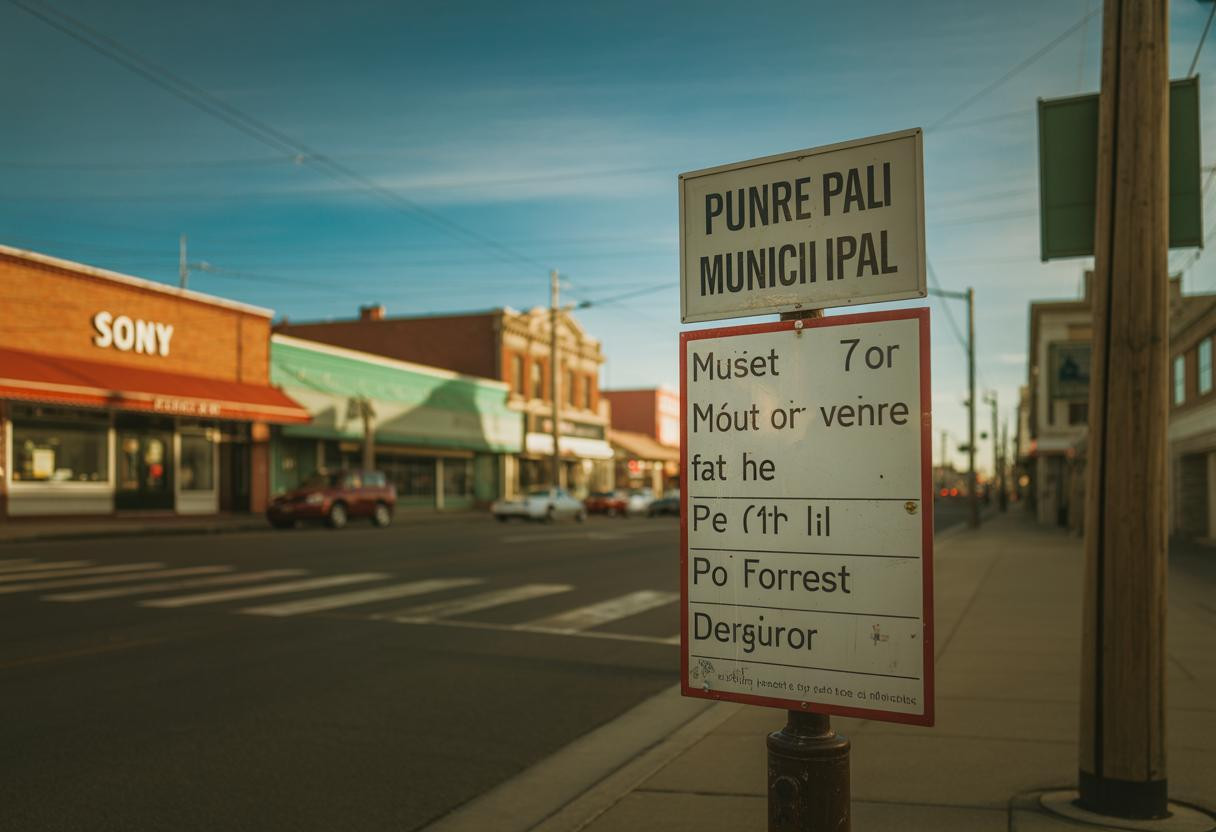In 1950, a small New Mexico town made a decision that would forever change its identity and economic future. Hot Springs, a quiet community of natural geothermal springs, officially renamed itself Truth or Consequences after a popular radio game show—and never looked back. What started as a publicity stunt has become one of America’s most successful examples of media-driven community rebranding, generating decades of tourism revenue and cultural pride.
The transformation began when radio host Ralph Edwards challenged any town to rename itself after his show “Truth or Consequences” for the program’s 10th anniversary. Hot Springs residents voted overwhelmingly in favor—1,294 to 295—proving that sometimes bold decisions require the same careful consideration we use in personal transformations. Just as taking time to assess before making major changes can prevent costly mistakes, this community’s deliberate approach to rebranding set the foundation for long-term success.
The economics behind America’s boldest name change
Truth or Consequences didn’t just change its name—it completely reimagined its economic model. While specific pre-1950 tourism data remains unavailable, the town’s transformation coincided with post-WWII America’s growing travel culture. Ralph Edwards visited annually for 50 years, creating sustained media attention that most communities can only dream of achieving.
Today, New Mexico’s tourism industry generates $8.6 billion annually, with Truth or Consequences positioned as a unique destination within this massive economic ecosystem. The town’s success demonstrates how authentic assets—natural hot springs, art murals, and genuine community character—can complement media-driven branding without compromising cultural integrity.
The key difference between Truth or Consequences and failed rebranding attempts lies in sustainability. Unlike viral marketing campaigns that burn bright and fade quickly, this community built lasting relationships and maintained authentic attractions that give visitors reasons to stay beyond the novelty.
Why some reinventions succeed while others fail spectacularly
The authenticity factor that changed everything
Truth or Consequences succeeded where other quirky town names failed because it avoided the trap of following viral trends without proper research. The community didn’t abandon its natural assets—the geothermal springs that originally defined the area. Instead, they created a dual identity that honored both media novelty and authentic heritage.
The town’s approach mirrors successful personal rebranding strategies. Rather than completely discarding their past, residents integrated the new identity with existing cultural foundations, creating a compelling narrative that attracts both curiosity-seekers and repeat visitors seeking genuine experiences.
The sustained engagement model that works
Ralph Edwards’ 50-year commitment to the community created something unprecedented: a media partnership that evolved into genuine cultural integration. Annual festivals, a park bearing Edwards’ name, and ongoing community celebrations transformed a publicity stunt into a lasting tradition.
This sustained approach contrasts sharply with modern viral marketing attempts that lack foundational substance. The town’s success required community buy-in, authentic assets, and long-term vision—elements that can’t be manufactured through social media alone.
Practical lessons for modern community development
Truth or Consequences offers a blueprint for communities considering bold rebranding initiatives. The town’s success demonstrates that effective transformation requires balancing novelty with substance, much like strategic rebranding that transforms public perception through thoughtful, authentic changes rather than superficial adjustments.
Modern communities can replicate this success by identifying existing assets, building genuine partnerships with media influencers or brands, and ensuring community participation in major decisions. The key lies in creating multifaceted tourism products that offer visitors multiple reasons to engage beyond initial curiosity.
The unexpected consequences of bold decision-making
The name change created unintended benefits that continue today. The town developed a unique civic pride rooted in its willingness to take risks and embrace change. Local business owner LaRena Miller notes that the community’s openness to transformation has attracted artists and entrepreneurs who appreciate the town’s unconventional character.
Perhaps most importantly, Truth or Consequences proves that small communities can control their own narratives. Rather than waiting for external economic forces to determine their fate, they actively shaped their identity and economic future through strategic risk-taking and sustained commitment.
What this teaches us about transformation and identity
Truth or Consequences remains relevant because it demonstrates that authentic transformation requires both courage and substance. The town’s 75-year success story shows that lasting change comes from strategic integration of new opportunities with existing strengths, not from abandoning everything that came before.
In an era of rapid change and viral marketing, this small New Mexico town offers a masterclass in sustainable reinvention—proving that sometimes the most outrageous decisions can lead to the most enduring success.
